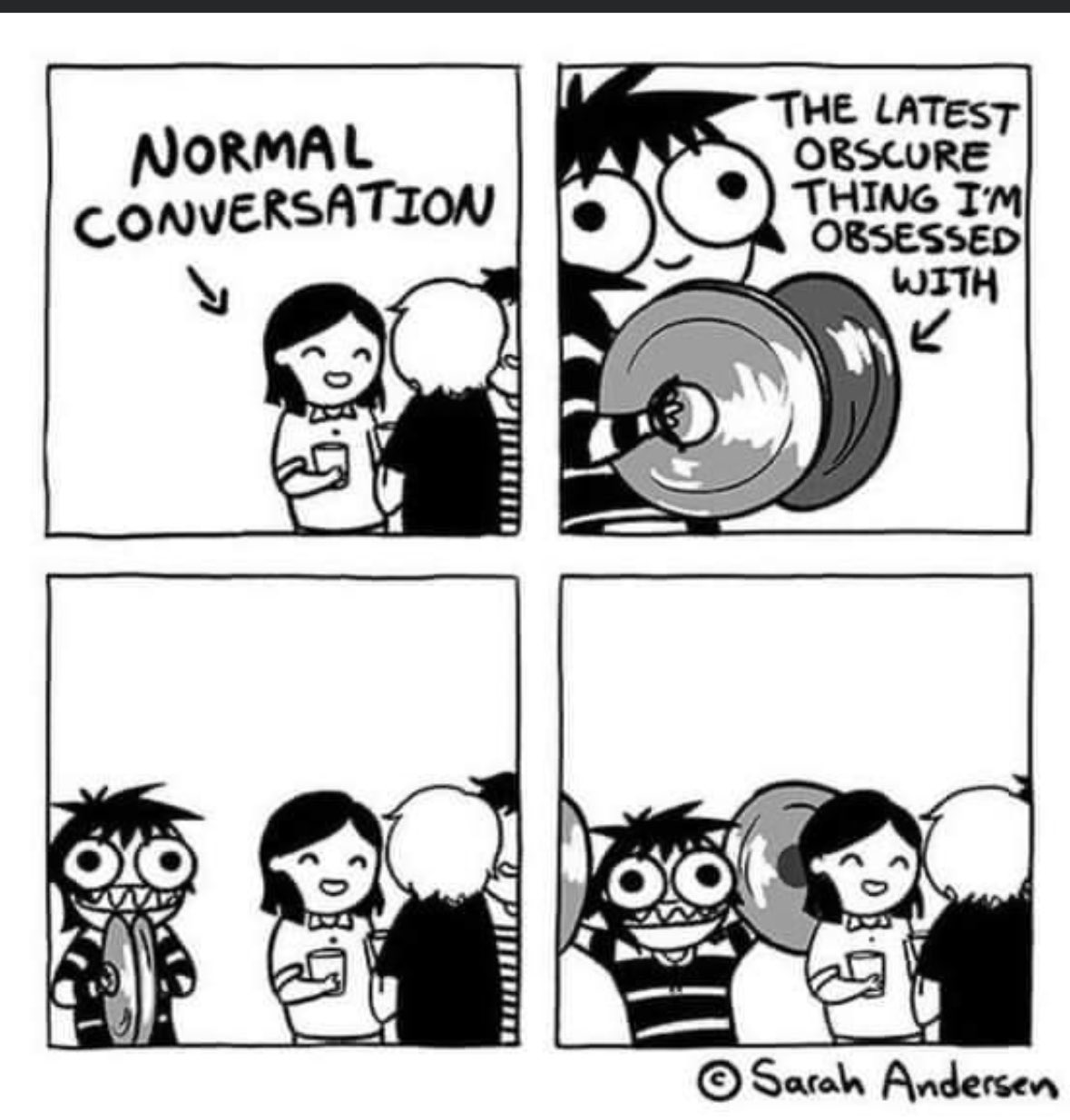this post was submitted on 16 Oct 2024
1103 points (99.1% liked)
Comic Strips
13195 readers
1601 users here now
Comic Strips is a community for those who love comic stories.
The rules are simple:
- The post can be a single image, an image gallery, or a link to a specific comic hosted on another site (the author's website, for instance).
- The comic must be a complete story.
- If it is an external link, it must be to a specific story, not to the root of the site.
- You may post comics from others or your own.
- If you are posting a comic of your own, a maximum of one per week is allowed (I know, your comics are great, but this rule helps avoid spam).
- The comic can be in any language, but if it's not in English, OP must include an English translation in the post's 'body' field (note: you don't need to select a specific language when posting a comic).
- Politeness.
- Adult content is not allowed. This community aims to be fun for people of all ages.
Web of links
- [email protected]: "I use Arch btw"
- [email protected]: memes (you don't say!)
founded 2 years ago
MODERATORS
you are viewing a single comment's thread
view the rest of the comments
view the rest of the comments

I don't know if this is what the parent poster was talking about, but color pickers in many programs present you with a cubic representation of their available color space. The default Windows color picker does nowadays as does Corel. Maybe Adobe too, but I haven't used any Adobe software in years so I don't know how they do it now.
Since computer monitors suck at truly displaying three dimensional information ^[citation^ ^needed]^, you're presented with a rectangular slice of a cube. Here's the Corel color picker, for instance:
The X axis is saturation, the Y axis is intensity, and the "depth" or Z axis is hue, which is controlled with the little slider on the bottom. As you move the slider up and down your "viewpoint" of the slice moves up and down through the depth of the cube, essentially representing it in 256 little vertical slices (or however many based on your bits-per-pixel).
Despite being the graphics nerd that I am, I can't tell you off the top of my head how this cubic representation is flawed, although computer monitor color rendition itself is inherently flawed because most color spaces probably can't actually fully represent all the colors that normal human vision is capable of differentiating, but what the hell do I know. Browns and oranges are famously difficult to reproduce with only red, green, and blue, the usual three additive colors available to you. The cube map itself, at least, gives you a spatial method by which to select any of the 16581375 possible RGB values actually possible an 8 bit per pixel format, even if the methodology for presenting them all to the user might not quite make intuitive sense.
You can also do cubic map of only hues, with each axis in the cube corresponding to red, green, or blue, like this one courtesy of Wikipedia: